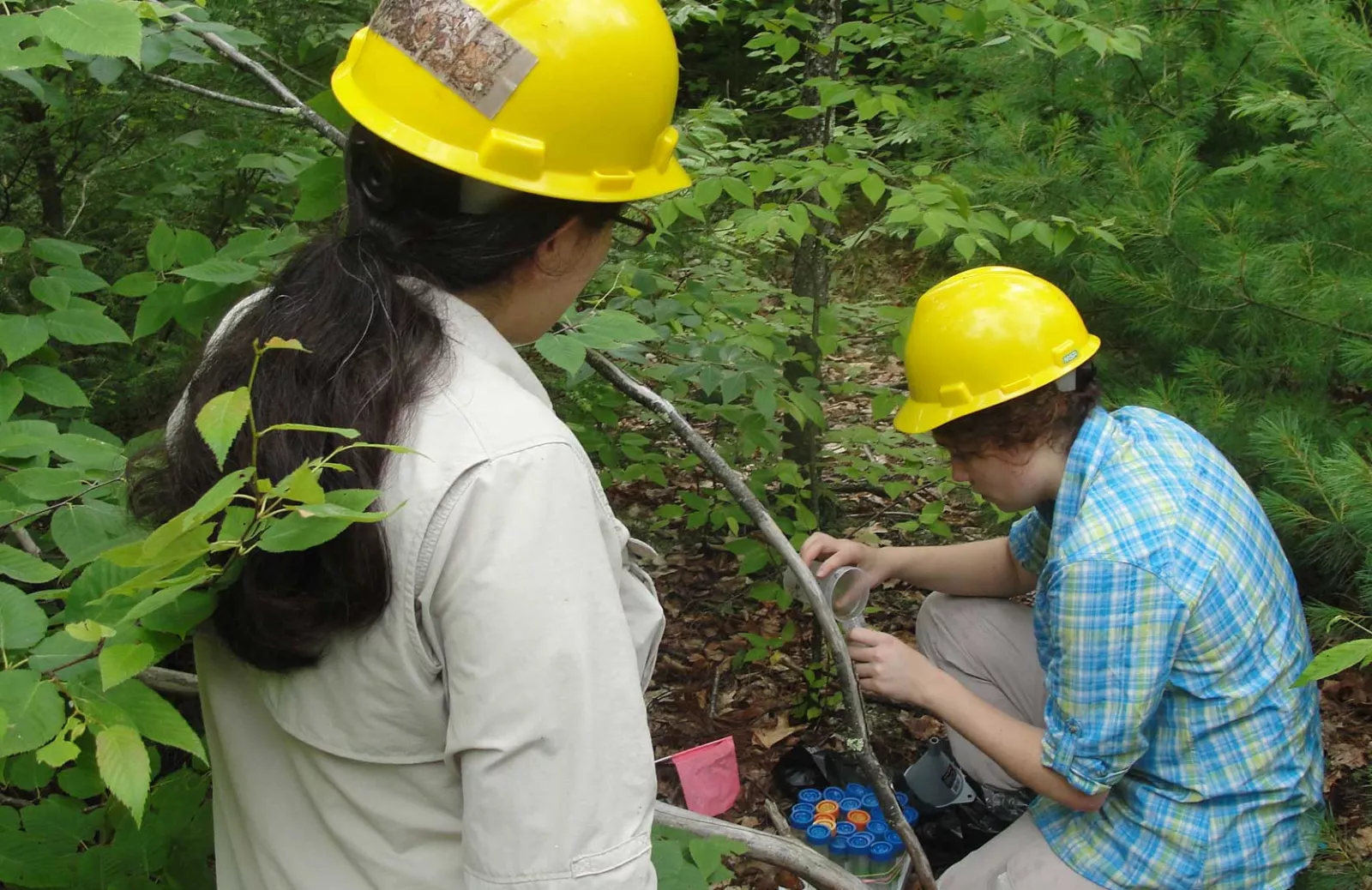Bryn Mawr Researchers Join NEON to Shine a Light on Study of Earth's Biosphere

Bryn Mawr Assistant Professor of Biology Sydne Record is among the researchers working on projects The National Science Foundation (NSF) has funded to enable innovative biological research and foster collaborations that leverage data from the National Ecological Observatory Network (NEON), a groundbreaking, continent-wide observatory that allows scientists to systematically study the Earth's biosphere.
“With something like global change, there’s a limit to what a single scientist or even a group of scientists can investigate on their own,” says Record. “If we’re going to look at global problems, we need to be able to scale up the ideas from a single site to the entire landscape. NEON allows us to do that.”
As part of the NEON project, researchers have gathered data both within various species and between species at the more than 60 NEON sites that are strategically located across the U.S. The sites represent 20 ecoclimatic domains, each with distinct landforms, vegetation, climate, and ecosystem dynamics. The data are then made available to researchers like Record.
Record and the students in her lab will be researching and recording intra-specific trait variation of ground beetles, small mammals, and plants.
“Beetles are really interesting because they’re the most diverse group of organisms on the planet and a good indicator taxon for environmental quality,” says Record. “Often times ecologists tend to not focus on variability within a species. But if you think about climate change, variability within a species might be very important in terms of it being resilient to different environmental drivers.”
At each location, researchers documented beetles using digital imagery. Record and her students will use image software to gather additional measurements on the samples.
“Because the NEON data were gathered using exactly the same techniques and protocols, we can build upon that information and our findings can be leveraged by the rest of the scientific community,” says Record.
Total amount of funding Bryn Mawr will receive from the NSF is about $125,000. It will go toward funding a Summer Science student for the lab, a post-doctoral fellow for two years, and other expenses.
“To be able to do forecasting and modeling at this sort of scale is a really cool opportunity for our students. This is unprecedented in terms of environmental data collection,” says Record.
Record joined Bryn Mawr’s faculty in 2014. Her research interests include ecological modeling, Bayesian statistics, temperate and tropical forest ecosystems, biogeography, landscape ecology, impacts of global change on biodiversity, plant demography, community ecology, conservation biology, host-parasite interactions, and paleoecology. In the Spring of 2015 semester, she’ll be teaching BIOL B111: Biological Exploration II – with a focus on global change and ecosystem services, and BIOL B225: Biology and Ecology of Plants. Students interested in joining the Record Lab should contact Assistant Professor Record directly.
In total, NSF has funded 19 projects to enable innovative biological research and foster collaborations that leverage data from NEON. The awards, totaling about $4.8 million, are specific to NEON data, and involve scientists and engineers from nearly 30 institutions across the United States.